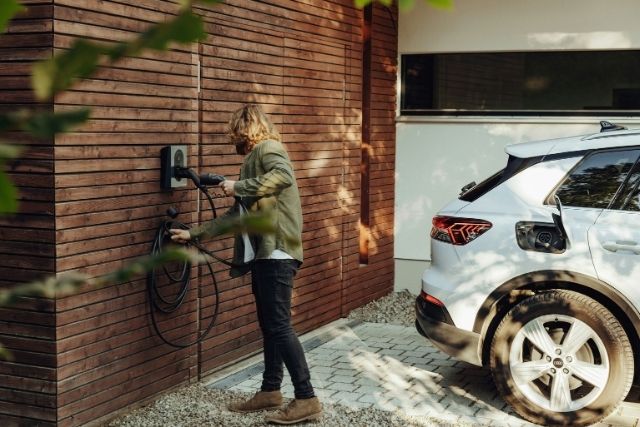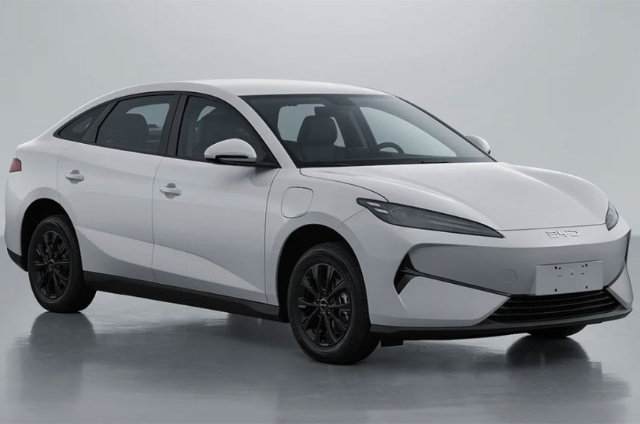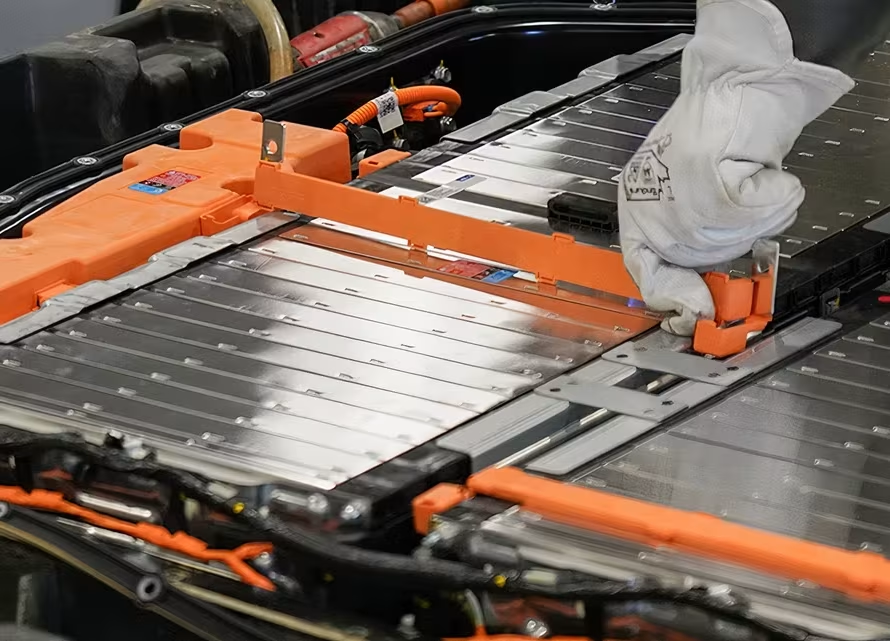When it comes to EVs, the longevity of the battery is a critical concern for owners. One common question is how much time of charging is too little or too much, and what’s the best practice to avoid damaging the battery. This article dives deep into the charging behaviors that impact battery life, supported by statistics and expert recommendations.
Most modern EVs use lithium-ion batteries, similar to those found in smartphones and laptops. While these batteries offer high energy density and long life, they are sensitive to charging habits. Overcharging, discharging too much, or even rapid charging can degrade the battery over time.
Minimum Charging Time: The 20%-80% Rule
Many experts recommend following the 20%-80% rule when it comes to charging an EV to extend battery life. This rule suggests that you should keep your battery charge between 20% and 80% most of the time, especially during daily use.
Charging the battery to full capacity regularly or letting it drain completely can stress the battery and reduce its overall lifespan.
- Avoid Deep Discharges: Lithium-ion batteries are not designed to be regularly discharged to 0%. Studies show that frequent deep discharges shorten the lifespan by around 20% over the battery’s life cycle.
- Limit Full Charges: Charging up to 100% is okay occasionally, but constant charging to full capacity accelerates battery degradation. Some manufacturers, such as Tesla, advise drivers to charge to 100% only before long trips. According to Tesla’s research, keeping the charge between 20% and 90% is ideal for daily use, and charging to 100% is best done sparingly.
Charging Speed and its Impact
There are three main types of charging for EVs: Level 1 (slow), Level 2 (fast), and DC Fast Charging (super-fast).
- Level 1 Charging (120V): The slowest form of charging, typically adding around 3-5 miles of range per hour. This is considered the safest for battery longevity, as it reduces stress on the battery due to lower heat generation.
- Level 2 Charging (240V): Provides 12-30 miles of range per hour and is the most common type of home or workplace charging. It’s still relatively gentle on the battery but charges faster than Level 1.
- DC Fast Charging: Adds up to 200 miles of range in 30 minutes. However, frequent use of fast chargers can degrade the battery more quickly due to increased heat during charging. Studies show that repeated fast charging can reduce battery capacity by about 10% over five years.
What the Statistics Say
Battery Degradation Over Time: According to a study by Geotab, most EVs lose about 2.3% of battery capacity annually. A Nissan LEAF, for example, experiences a drop of 5% in the first year, while a Tesla Model S loses around 1% annually. These rates vary depending on charging behavior and environmental factors.
Charging Habits: A 2023 study showed that EV owners who primarily use fast charging stations saw battery degradation rates that were 25% faster than those who mainly used Level 2 chargers.
Optimal Charging Windows: The University of Michigan’s Battery Lab found that charging between 20% and 80% extended the battery’s lifespan by nearly 30% compared to full discharges and frequent charges to 100%.
How Long Should You Charge to Avoid Damage?
For daily use, many experts recommend plugging in your EV when the charge drops below 30%, and unplugging it once it reaches 80%. The charging time depends on the type of charger:
- Level 1 Charger: To go from 20% to 80%, it can take up to 15-20 hours, making it ideal for overnight home charging.
- Level 2 Charger: Takes about 4-5 hours to go from 20% to 80%, perfect for a daily top-up at home or work.
- DC Fast Charger: Will bring the battery from 20% to 80% in as little as 30-40 minutes, but frequent use can degrade the battery faster.
Tips for Prolonging EV Battery Life
- Avoid Frequent Fast Charging: Use DC fast chargers only for long trips and emergencies.
- Charge in Cooler Environments: High temperatures accelerate battery degradation. If possible, charge your EV in a shaded or climate-controlled environment.
- Regular Software Updates: Many automakers release updates to improve battery performance and longevity. Make sure your EV is running the latest software version.
- Use Smart Charging Features: Some EVs allow you to set a charging limit (e.g., stopping at 80%). This automation can help ensure you don’t overcharge the battery.
The minimum charging time to avoid damaging your EV battery largely depends on how low your charge is and the type of charger you’re using. Sticking to the 20%-80% range is a proven strategy for extending battery life. Charging slowly, avoiding extreme temperatures, and using fast charging sparingly will help you get the most out of your EV battery over its lifetime.



